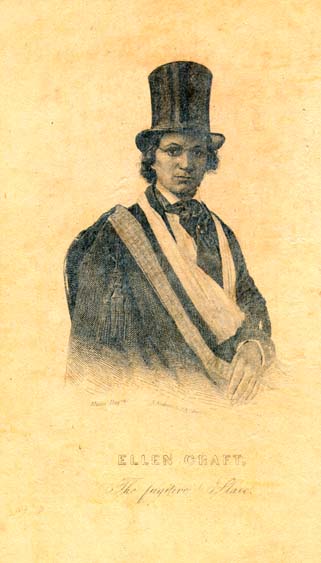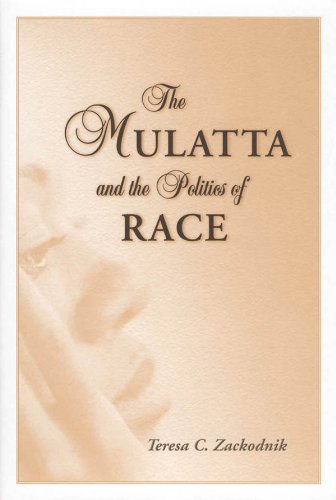‘A Chosen Exile,’ by Allyson Hobbs [Senna Review]Posted in Articles, Book/Video Reviews, History, Media Archive, Passing, United States on 2014-11-22 03:00Z by Steven |
‘A Chosen Exile,’ by Allyson Hobbs [Senna Review]
The New York Times
Sunday Book Review
2014-11-21
A Chosen Exile: A History of Racial Passing in American Life By Allyson Hobbs; Illustrated. 382 pp. Harvard University Press. $29.95.
One of the best birthday presents anybody ever gave me was a “calling card” by the conceptual artist Adrian Piper. I was in college at the time, and it felt like the ultimate inside joke handed from one racially ambiguous person to another.
Slim and innocuous as a business card, it reads: “Dear Friend, I am black. I am sure you did not realize this when you made/laughed at/agreed with that racist remark. In the past I have attempted to alert people to my identity in advance. . . . I regret any discomfort my presence is causing you, just as I’m sure you regret the discomfort your racism is causing me.”
To be black but to be perceived as white is to find yourself, at times, in a racial no man’s land. It is to feel like an embodiment of W. E. B. Du Bois’s double consciousness — that sense of being in two places at the same time. It is also to be perpetually aware of both the primacy of race and the “bankruptcy of the race idea,” as Allyson Hobbs, an assistant professor of history at Stanford University, puts it in her incisive new cultural history, “A Chosen Exile.”
Hobbs is interested in the stories of individuals who chose to cross the color line — black to white — from the late 1800s up through the 1950s. It’s a story we’ve of course read and seen before in fictional accounts — numerous novels and films that have generally portrayed mixed-race characters in the sorriest of terms. Like gay characters, mulattoes always pay for their existence dearly in the end. Joe Christmas, the tormented drifter in William Faulkner’s “Light in August,” considers his blackness evidence of original sin (a.k.a. miscegenation) and ends up castrated and murdered. Sarah Jane, a character in Douglas Sirk’s 1959 remake of the film “Imitation of Life,” denies her black mother in her attempt to be seen as white. Her tragedy once again feels like mixed fate. As her long-suffering mother puts it, “How do you tell a child that she was born to be hurt?”…
Read the entire review here.





